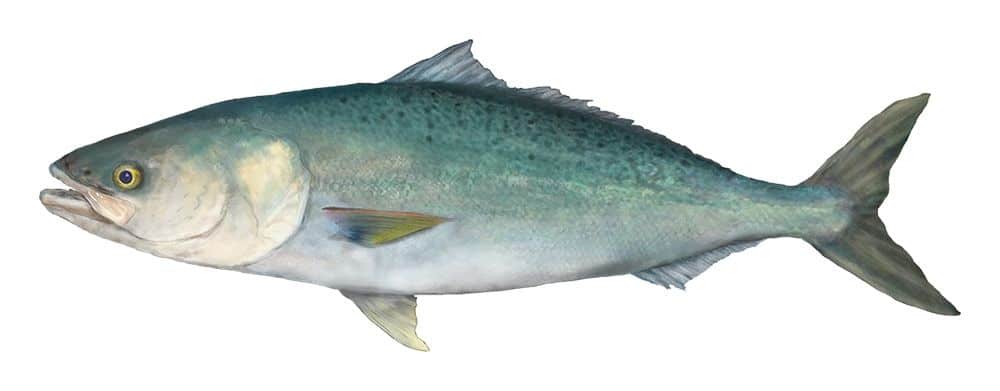Loved for their delicious, oily flesh, Australian salmon are a prized catch for many anglers. And while they can be caught using various techniques, baits are often the most effective. But which baits work best?
The best baits for Australian salmon include pilchards, mullet, sandworms, and white bait. These are popular types of bait used by fishing communities across Australia. You can also use herring, squid, garfish, and prawns. However, be careful not to use prawns from the supermarket.
Read on as we take an in-depth look at each of these baits and explain how to use them for the best results. By the end of this article, you should be able to decipher which type of bait works best for you when fishing for Australian salmon.
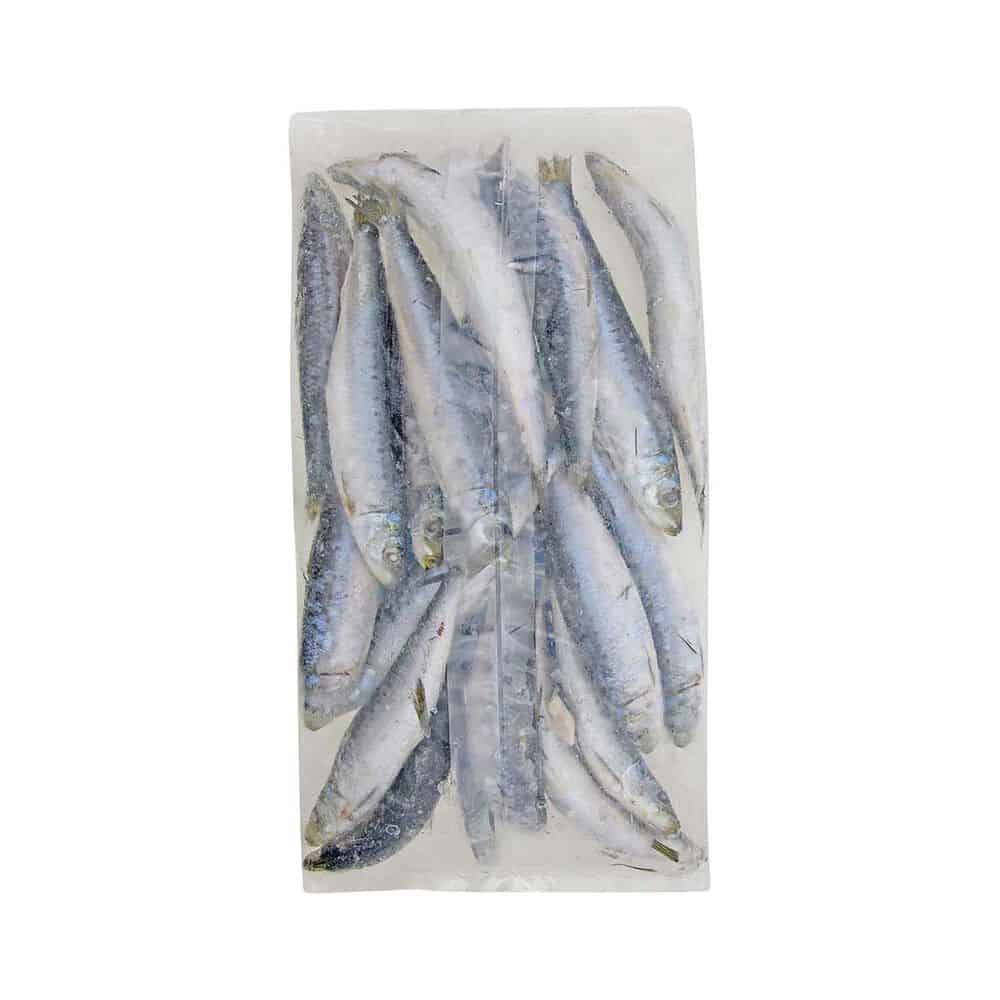
1. Pilchards
Pilchards are small, oily fish that make excellent bait for Australian salmon. They leave a strong scent trail in the water, attracting salmon from long distances. You can use them as whole bait or cut them into small pieces.
To use pilchards as bait, simply thread them onto a hook and cast them out into the water. You can hook several pilchards to create a “chum trail” in the water, which will attract even more salmon to your location. The downside to using pilchards is their soft flesh which can fly off the hook easily when casting.
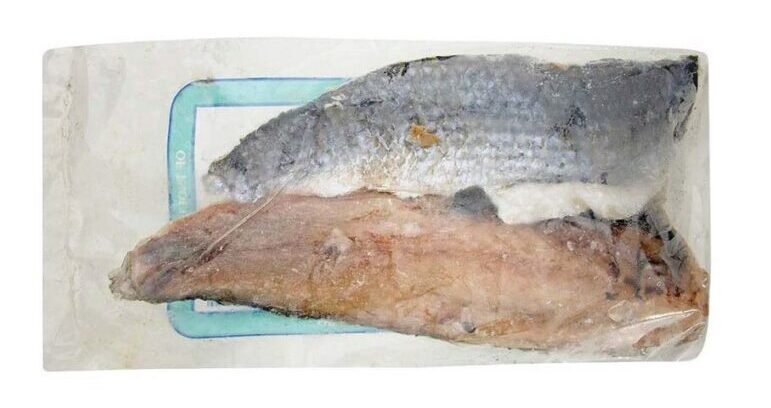
2. Mullet
Mullet is another small, oily fish that makes excellent bait for Australian salmon. They are much larger than pilchards, making them easier to keep on the hook. Their shiny scales and strong scent attract Australian salmon from long distances.
When targeting large salmon, it’s best to use the whole mullet as bait. However, for smaller fish, you can cut the mullet into small pieces. To keep the mullet on the hook, use a “twister” style rig that securely holds the bait.
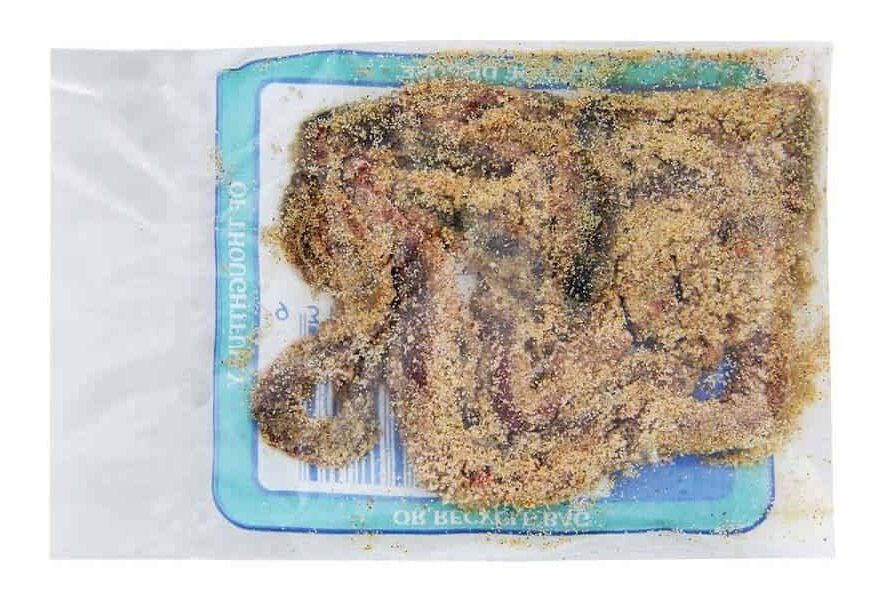
3. Sandworms
Touted as one of the best baits for Australian salmon, sandworms are small, burrowing worms found in sandy areas near the water. They grow between 1-36 inches (2.5-90 cm) in length and are reddish-brown in colour.
While they may not seem like attractive bait, salmon love to eat sandworms. Their small size makes them easy to digest, and their wriggling action is irresistible to fish. To use sandworms as bait, simply hook them onto a fishing line and cast them out into the water.
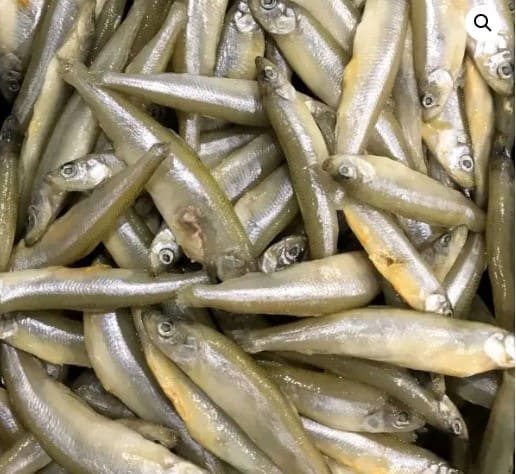
4. Whitebait
Whitebait is a collective term referring to the juveniles of five species of galaxiidae, including:
- Inanga
- Giant kokopu
- Koaro
- Banded kokopu
- Shortjaw kokopu
They are usually around 2.5-5 cm (1-2 in) in length and have a translucent body with a silver/white colouration.
While they are often eaten as a delicacy, whitebait also makes excellent bait for Australian salmon. Their small size and wriggling action invoke the predatory instinct in salmon, and they are easy for the fish to digest.
Hook whitebait onto a fishing line using a small hook, and cast them into the water. You can also use whitebait as “chum” to attract salmon to your location.
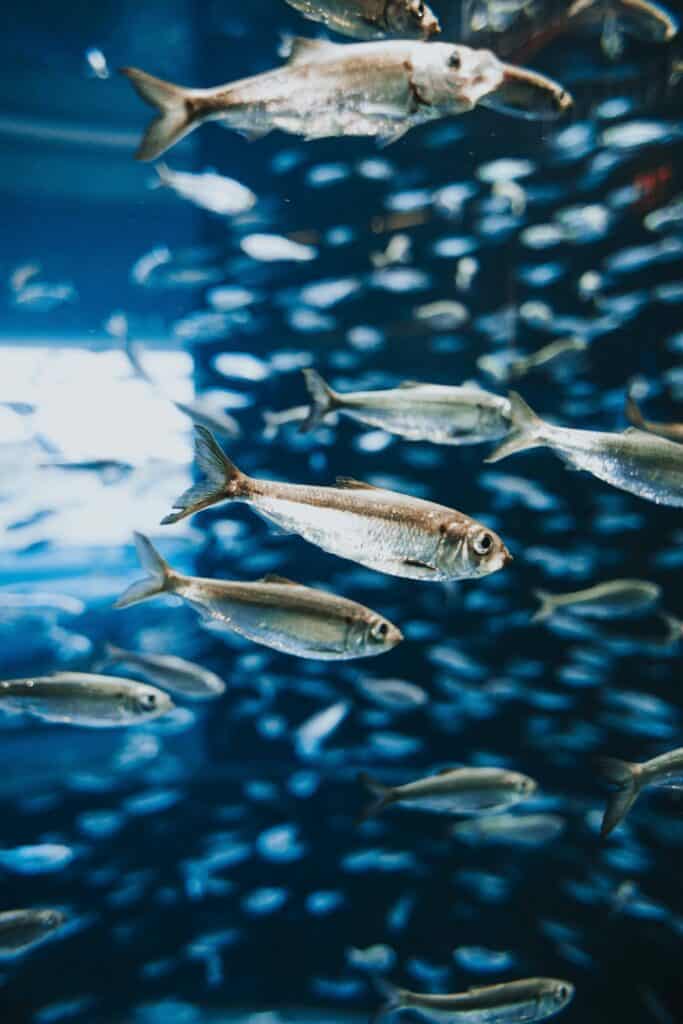
5. Herring
Herring are small, silver-coloured fish that are found in saltwater environments around the world. Their small size, oily flesh, and shiny scales make them excellent bait for Australian salmon.
Like other small baitfish, herring are best used as whole baits, since cutting them up will make it more difficult to hook onto your fishing hook.
Simply hook them onto a fishing line and cast them out into the water. For extra attraction, you can use a “twister” rig to spin the bait as it’s pulled through the water. Always use a sharp hook to avoid tearing the delicate flesh of the herring.
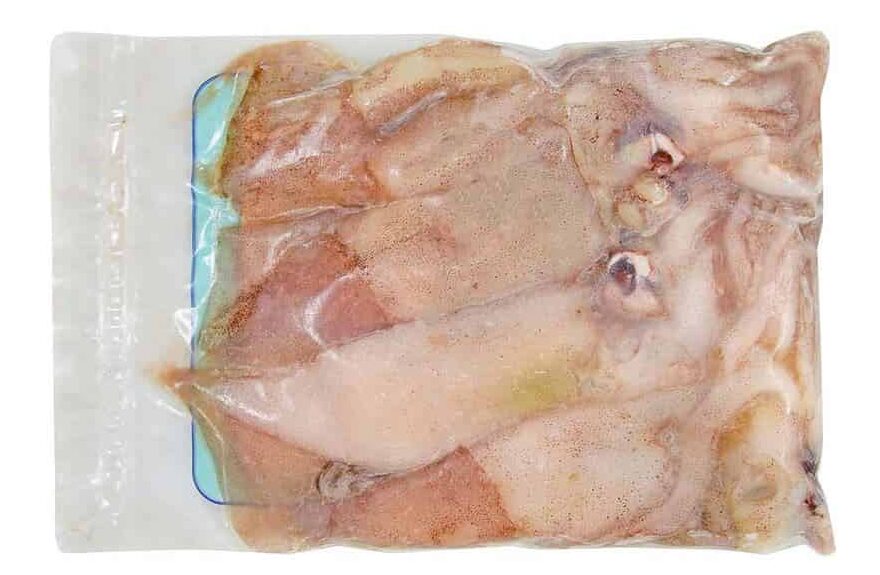
6. Squid
Squid are marine creatures related to octopuses and cuttlefish. They have a long, tubular body with eight arms and two tentacles and can grow up to two meters (6.56 ft) in length.
While they are popular seafood for their high protein content
Since squid are large creatures, you will need to cut them into small strips or chunks before using them as bait. Use a sharp knife to avoid tearing the flesh, and hook the squid onto your fishing line. Their strong scent and wavy movements will attract salmon from long distances.
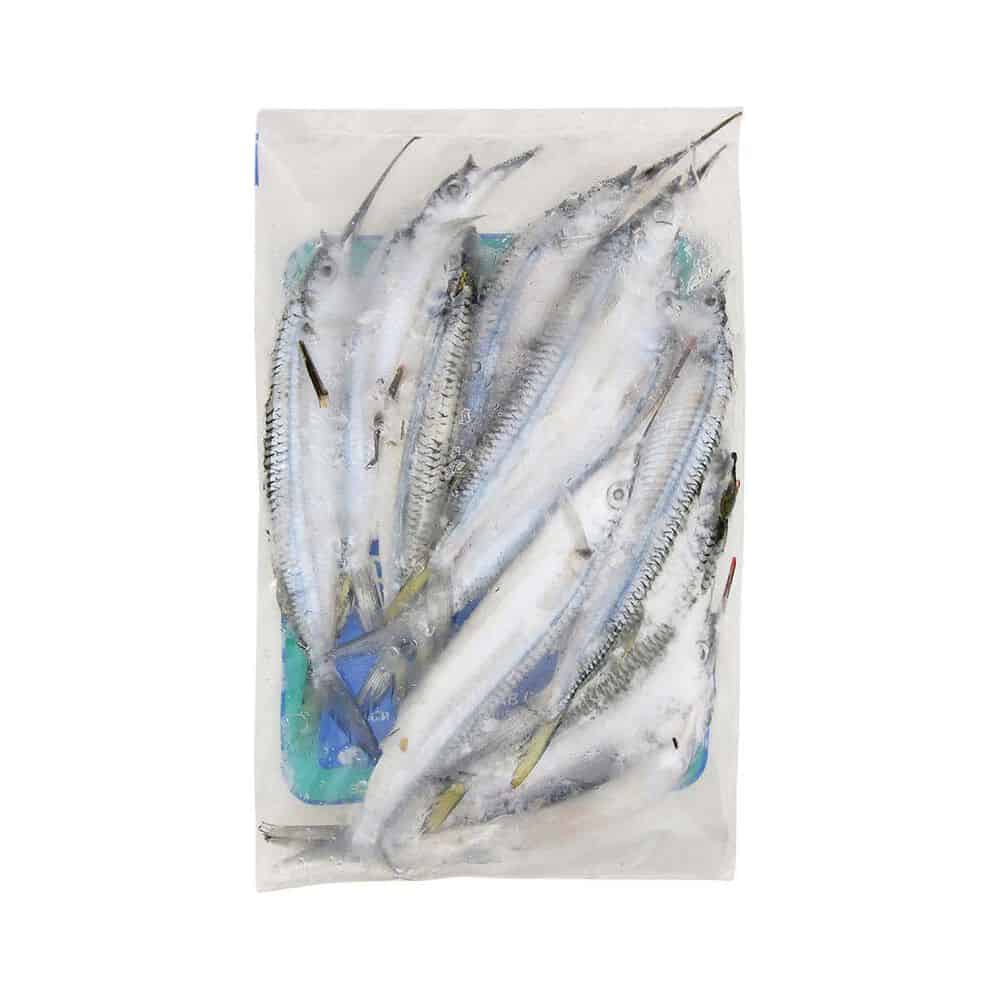
7. Garfish
Garfish are long, slender fish with a distinct hooked nose and greenish/blue colouration. They can grow up to 75 cm (29.5 in) in length and are found in saltwater environments worldwide.
While garfish may not be the most prevalent baitfish, they are an excellent choice for targeting Australian salmon. Their strong scent and wriggling action attract salmon from long distances, and their oily flesh is easy for fish to digest.
For the best results, use the whole garfish when targeting large salmon. On the other hand, if you’re looking to catch smaller fish, you can cut the garfish into smaller pieces to suit the size of the fish. A sharp hook is essential to avoid tearing the delicate flesh of garfish.
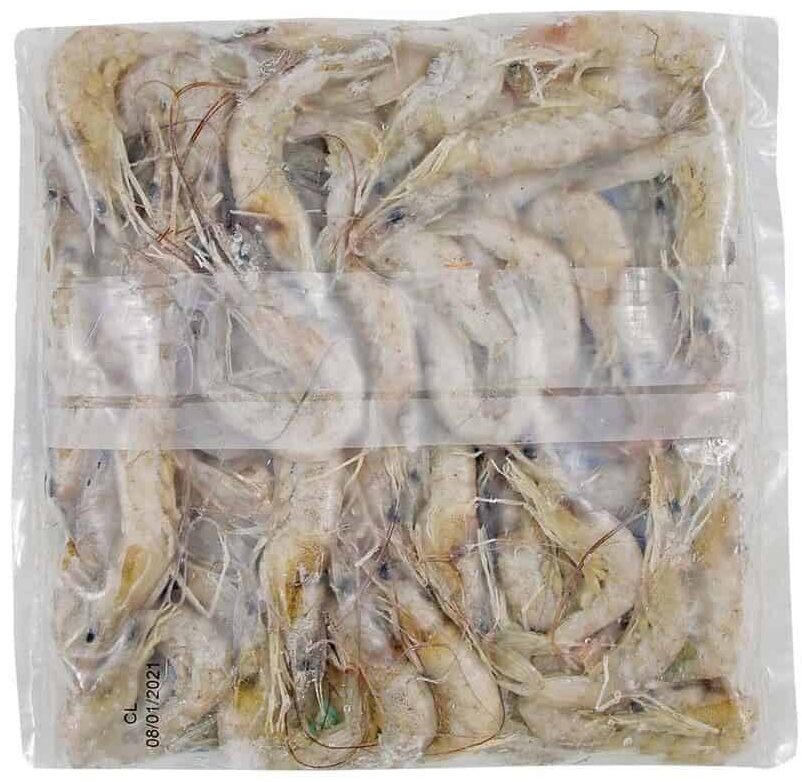
8. Prawns
Prawns are small, shrimp-like crustaceans that are popular as a seafood dish around the world. They have a delicate flavour and a tender, juicy texture, making them a favourite among seafood lovers.
But prawns aren’t just good to eat – they’re also great bait for Australian salmon. Their small size, shiny appearance, and wriggling action are irresistible to fish, and their delicate flavour won’t overshadow the taste of the salmon.
You should purchase prawn bait at your local bait shop since it’s not a good idea to buy them from the supermarket due to cross-contamination
This will give the prawn a natural swimming action that will attract salmon from long distances.
Resource Links To Products We Use And Recommend
More Pages On Fishing
The Underestimated Threat: Stonefish In Hervey Bay Ecosystems
Stonefish are known to inhabit various coastal regions around the world, and Hervey Bay in Australia has had a few encounters over the years with the dreaded stonefish. Hervey Bay offers a...
There are two broad types of Australian Salmon – Eastern Australian Salmon and Western Australian Salmon. Both are marine fish often found along the southern coast of Australia, and both are...


